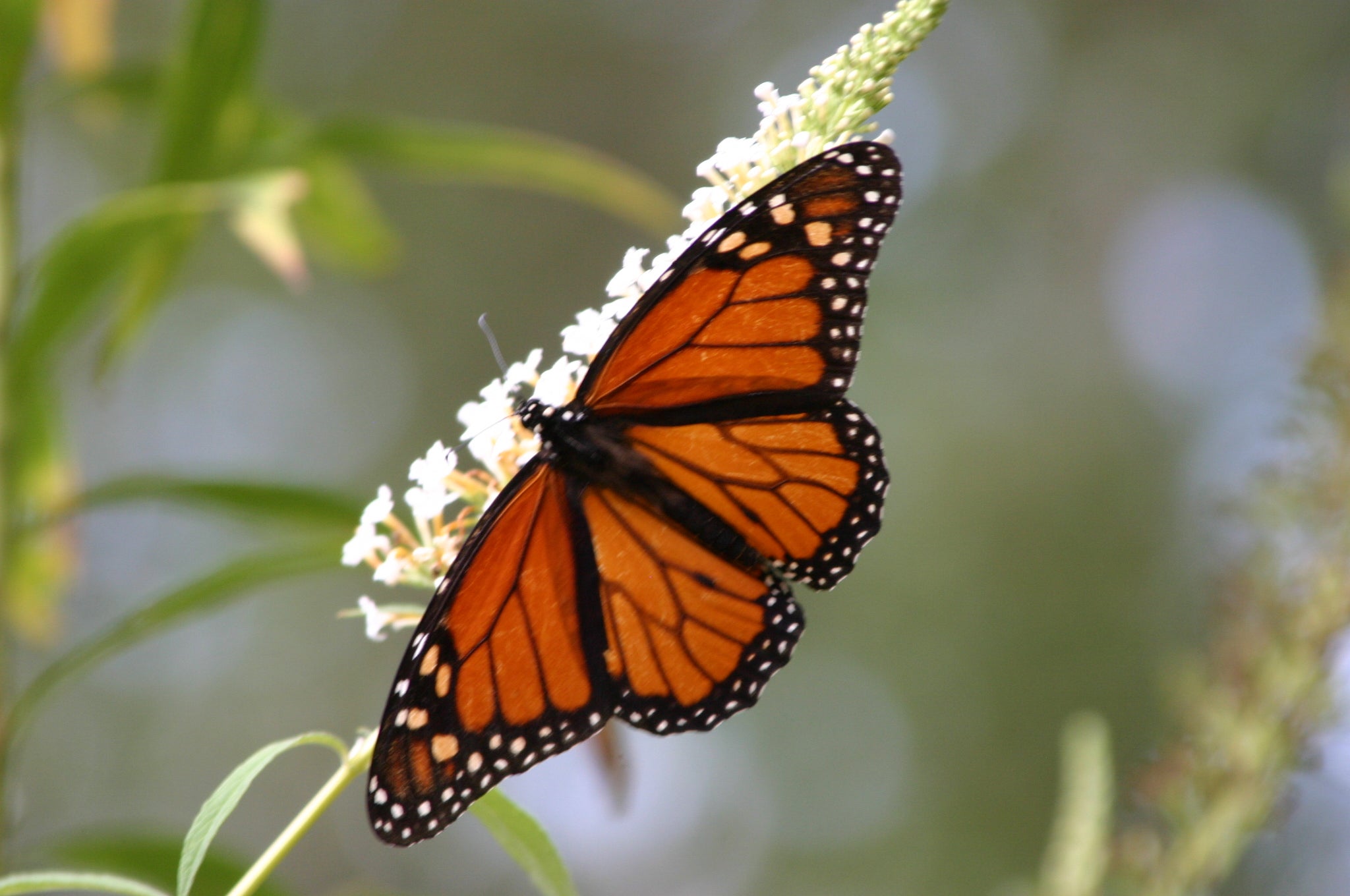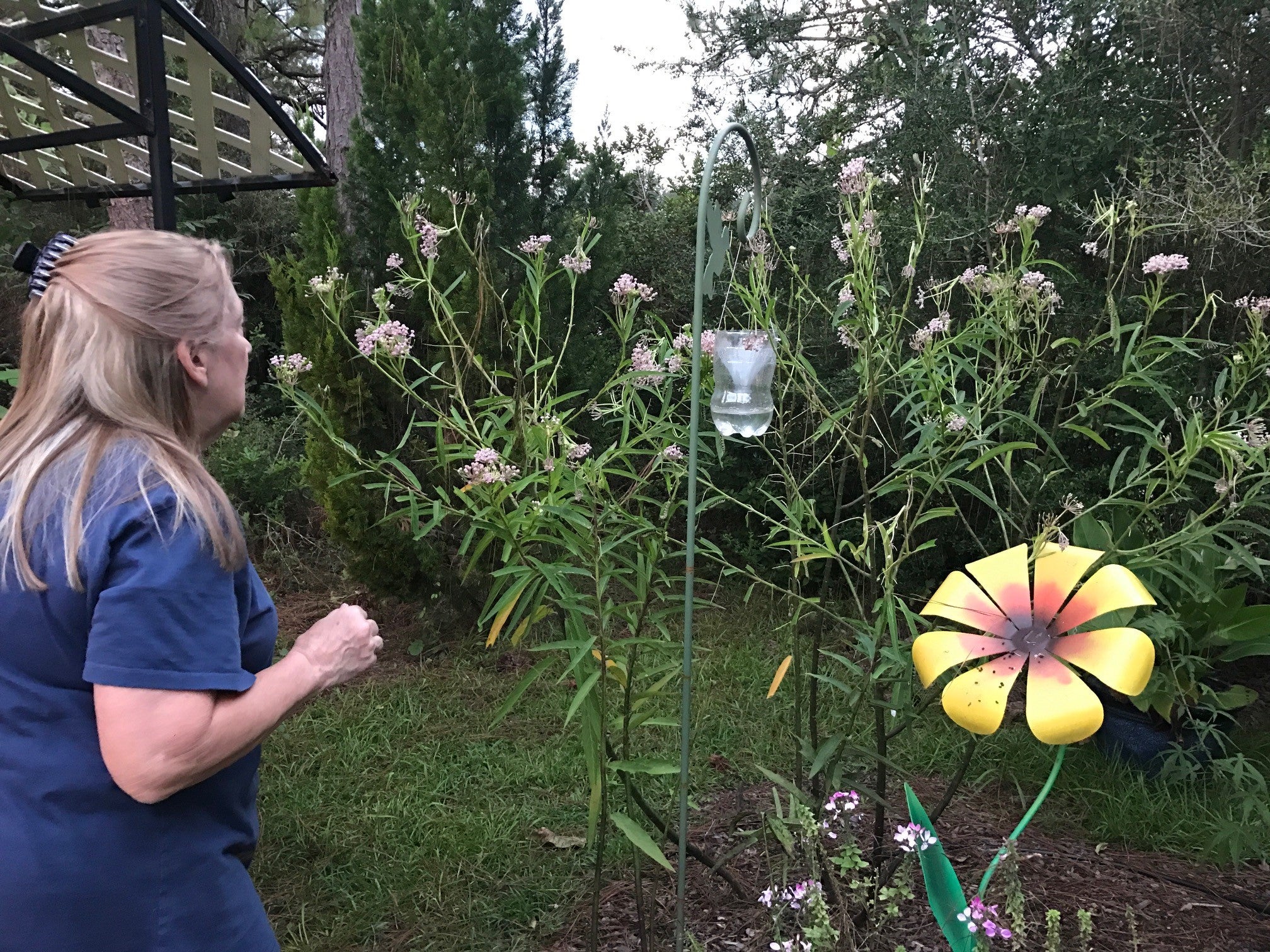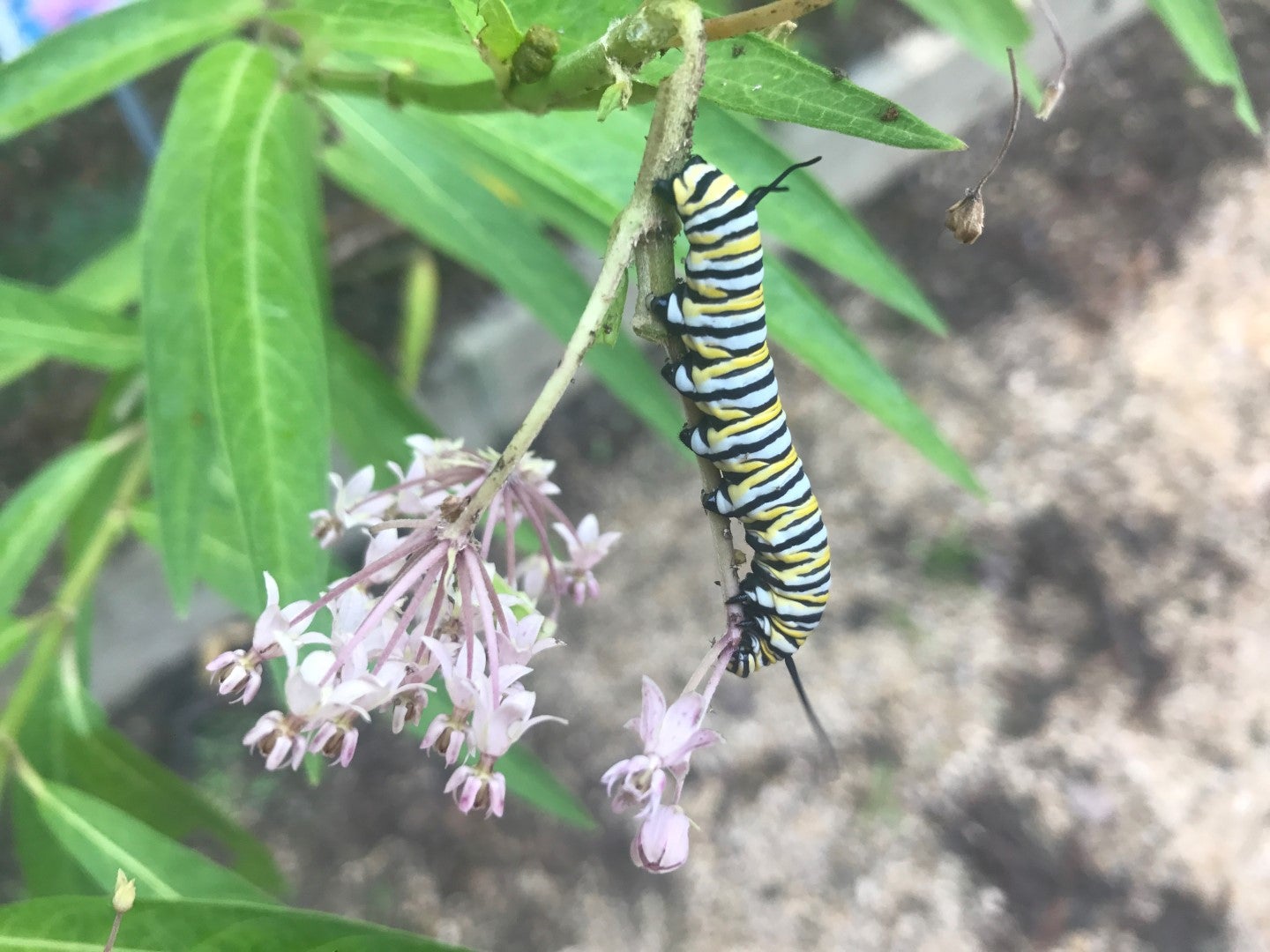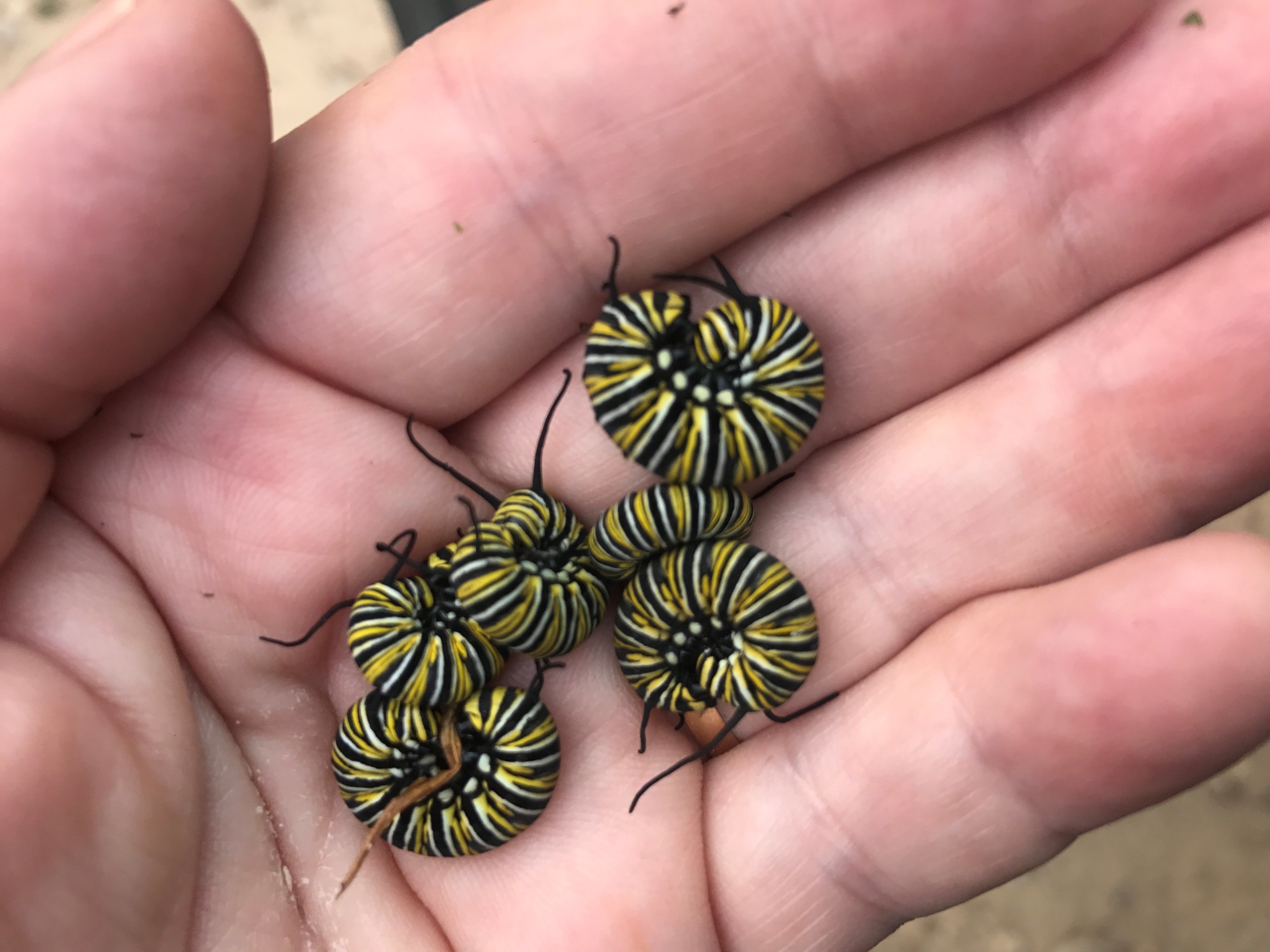Are you a fan of monarch butterflies?
Published 11:22 am Saturday, July 17, 2021
By Patricia Drackett
Director of the Crosby Arboretum and
assistant extension professor of landscape architecture with the Mississippi State University Extension Service.
How can you provide for monarch butterflies in your garden? Obviously, plant lots of milkweed! In the spring, monarchs will search for milkweed, its host species, to lay their eggs on. But they will also need nectar when they first arrive in the U.S. after overwintering in Mexico, so it is important to include nectar plants in your butterfly garden.
To fuel their fall migration from the eastern U.S. to the oyamel fir forests in central and southern Mexico, adult monarchs will need only nectar, not milkweed. They will not be laying eggs as their reproductive systems are put “on hold.”
Although many resources will urge gardeners to plant native milkweeds, there are few sources here in coastal Mississippi. The most commonly available milkweed is an attractive tropical variety (A. curassavica) with deep orange and yellow blooms. Tropical milkweed is very easy to grow, but it unfortunately can harbor a disease that can cripple monarch butterflies.
Until native milkweeds are readily available, tropical milkweed will continue to be the “go to” monarch host plant in coastal Mississippi. Gardeners are advised to simply cut back their tropical milkweed to stubble in October, during the monarch’s fall migration period. However, use caution when pruning milkweed – if the sap is wiped into the eyes it can cause pain and temporary blindness.
For more information on the best species of milkweed to grow in coastal Mississippi, enter “Crosby Arboretum Milkweed Project” into your favorite search engine.
Since 2015, we have been conducting milkweed seed and garden trials. So far, the species showing the most promise for the home garden are: Swamp Milkweed (A. incarnata), Aquatic Milkweed (A. perennis), A. tuberosa (Butterfly Weed), Green Antelopehorn (A. viridis), and Whorled Milkweed (A. verticillata). One important lesson we have learned is that seed obtained from sources within our own ecoregion (No. 232, the Outer Coastal Plain Mixed Forest Province, according to the ecoregion map compiled by Robert G. Bailey) is better suited to the heat and humidity of coastal Mississippi gardens than seed originating from sources outside our ecoregion.
See Bailey’s “Ecoregions of the United States” map on the USDA Forest Service website, along with information about these ecosystems, at https://www.fs.fed.us/rm/ecoregions/products/map-ecoregions-united-states/#<https://www.fs.fed.us/rm/ecoregions/products/map-ecoregions-united-states/>. Or, enter the keywords “Bailey’s ecoregions” in an Internet search engine.
Do you have what it takes to have your home garden certified as Monarch Waystation? For more information, see http://www.monarchwatch.org/waystations/. Track monarch butterfly spring and fall migration, and report your own sightings, at https://journeynorth.org/monarchs.
One quick and easy way to attract butterflies to your garden doesn’t involve any gardening at all! Just whip up a “butterfly fruit cocktail”! Believe it or not, they will flock to your yard if you offer them a platter of overripe and rotting fruit.
Create a mixture of fruit such as bananas, apples, cantaloupe, apples, mango, citrus, and strawberries, in a low dish or plate. If you already have a bird feeder, the type that hangs on a chain from a branch or hook, this is a wonderfully simple and practical way to “serve” the fruit mixture.
A Project Wild teachers workshop, “Wild About Pollinators”, will take place Thursday, July 22 from 9:00 a.m. to 3:00 p.m. Mississippi Museum of Natural Science Outreach Educator Sabrina Cummings will lead this workshop for teachers, homeschool educators, and others who serve in a teaching role, using topics focused on the importance of pollinators such as bees, birds, butterflies, bats, and other wildlife to show how to teach subjects across the curriculum. Bring a brown bag lunch. Workshop cost of $25 includes a workbook. 0.5 CEU’s are available for $10.
Attend a Family Craft Rock Painting Workshop Saturday, July 24 from 10:00 to 11:00 a.m. Paint river stones to place in your home garden or to leave for others to find, in this fun family workshop led by Samantha Fabacher. Registration required. Children must be accompanied by an adult, so there is no minimum age requirement. Cost $4 for members (adults and children), and $6 for non-members (adults and children).
Join us for a Summer-Blooming Perennials flash plant sale” on Saturday, July 31 from 9:00 to 11:00 a.m.! Shop for plants that attract wildlife, including butterflies, hummingbirds, bees and other pollinators. Members and non-members enter at 9:00 a.m.
“All About Hummingbirds” program with long-time hummingbird bander James Bell takes place Saturday, August 14 from 9:30 to 10:30 a.m. To make reservations call 601-799-2311 to sign up. Pay when you arrive. For more information see www.crosbyarboretum.msstate.edu<http://www.crosbyarboretum.msstate.edu>. The Crosby Arboretum is located in Picayune, I-59 Exit 4, at 370 Ridge Road.







